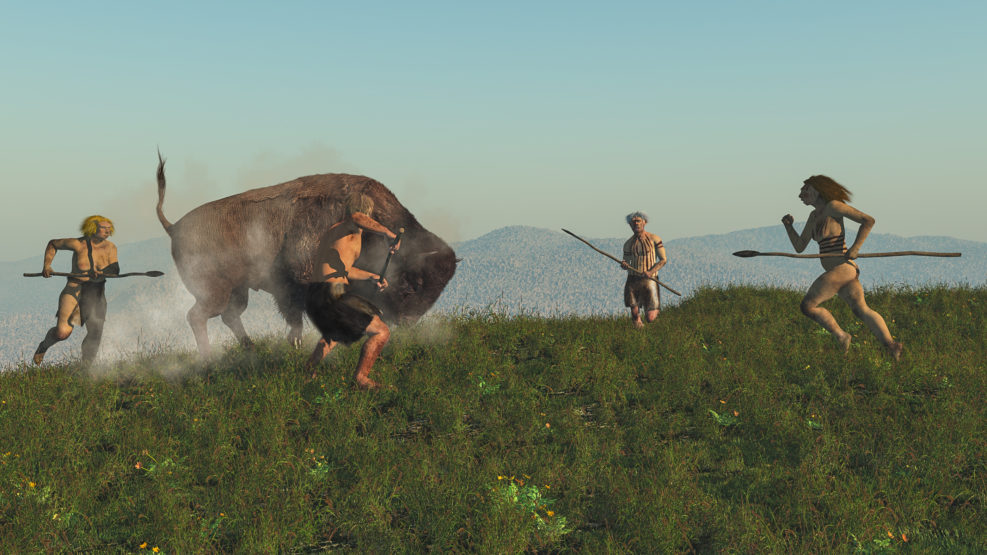
Researchers: Neanderthals Invented Process to Produce Birch Tar
The tar can be used for glue, bug repellent, and killing germs. This finding tracks growing recognition of Neanderthals as intelligentMany of us grew up with “Neanderthal!” used as a term of abuse for a stupid person. A 2021 study from the University of Tübingen and others, dusted off at ScienceAlert, paints quite a different picture, in connection with Neanderthals’ manufacture of birch tar. The tar from burnt birch wood can be used as glue, insect repellent, and antiseptic. It can be scraped from a fire naturally or it can be produced in a controlled way. Which method Neanderthals used says something about the development of their culture. The study authors, Patrick Schmidt et al., went to a lot of potentially messy trouble to try to answer the question: Some think of black tar as a happy accident that Neanderthals Read More ›
